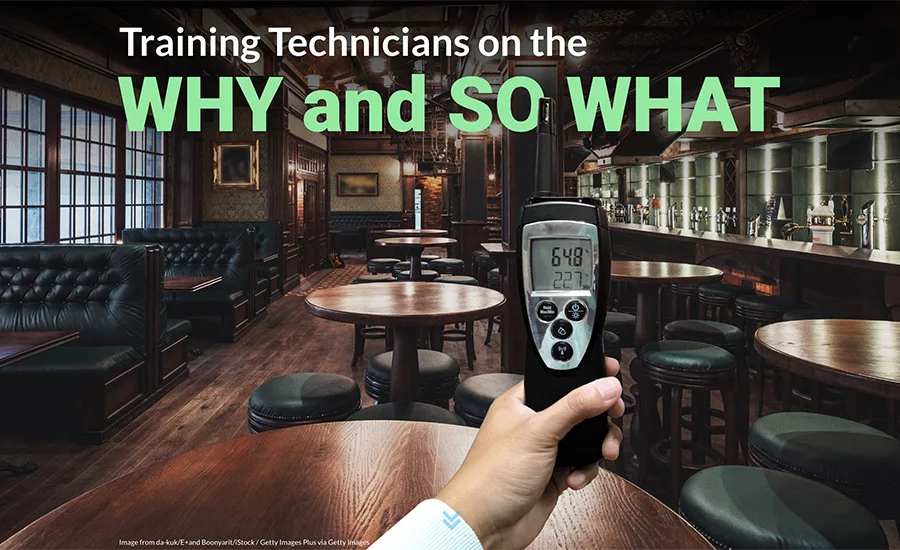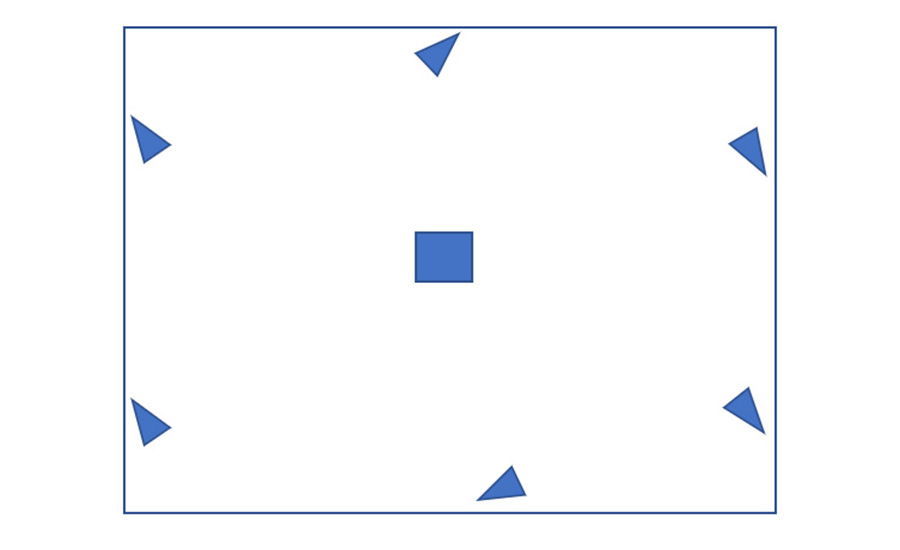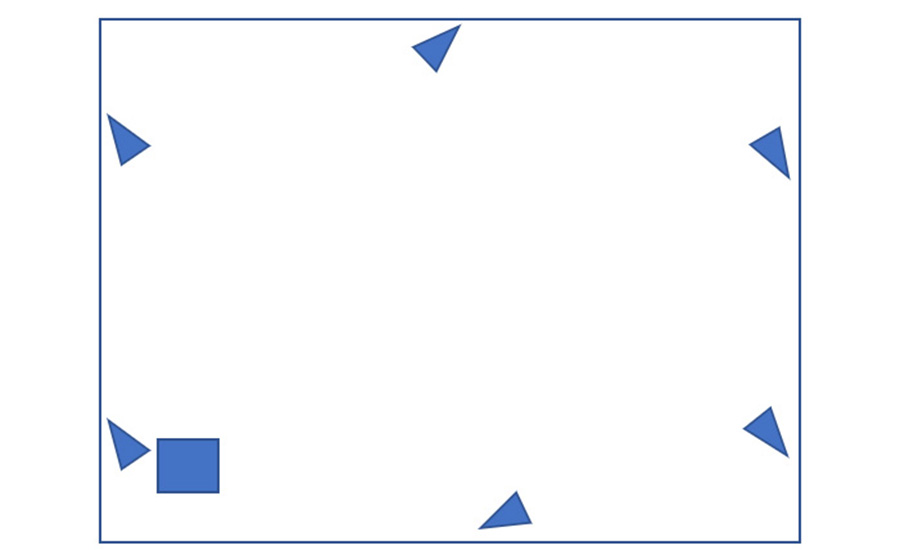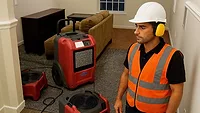Training Restoration Technicians on the WHY and SO WHAT

Nearly everything our technicians do on the job has a WHY and SO WHAT associated with it. Anyone can train a water damage restoration technician to use a hygrometer and moisture meter, but do they all understand WHY we take atmospheric and moisture content readings, and the SO WHAT of each reading? It makes a difference.
I think it is safe to say all of us, especially during busy times, are guilty of training “robot technicians.” Robot technicians are those who perform routine tasks on a job, either during the initial mitigation or on a follow-up monitoring, with very little understanding of the significance of those tasks. They are asked to collect atmospheric readings (temperature and relative humidity) outside the residence, in the unaffected area, and the affected area – but do they know WHY and are they trained well enough to understand the SO WHAT of those readings? If not, they are simply going through the motions and once they depart the site, it is too late to take appropriate actions.
For simplicity sake, we will use atmospheric data as our first example. Let's say the robot technician collects outside data indicating 80°F and 48% relative humidity (RH). In the affected area, the temperature is 76° and 75% RH. For many of us, the WHY and SO WHAT are staring us in the face as we clearly understand the concept, but to the robot technician, this is just an exercise in data collection. He/she does not see the opportunity to ventilate and may simply place air movers and dehumidification in the affected area. Similarly, that same technician returns the next day to monitor and finds the affected area data indicates 83° and 68% RH. The information is recorded, moisture content readings are recorded, and the technician departs. Without understanding the SO WHAT of those readings, the tech does not realize the RH remains at an unacceptable level and the cause must be investigated and corrected (not enough dehumidification, persistent leak, under-performing dehumidifier, etc.).
Aside from the occasional peer review of the misguided contractor who has employed four dehumidifiers in a single bedroom (yes, it happens), the vast majority of jobs I review closely align with our industry standards. Still, very few indicate a high level of training of the technicians who executed the mitigation. Take a look at the sketch which represents the employment of equipment in a single room.

Setup indicating an understanding of vapor pressure differentials and EP.

Typical equipment setup.
We will assume the calculations for air movers (triangles) and the dehumidifier (square) adhere to industry standards. Technically is there anything wrong with this setup? With the limited information provided, I think we agree the answer is no, and I am convinced most contractors would agree because I see setups like this frequently. What a setup like this tells me is that the technicians who set this up do not have in-depth training in the WHY and SO WHAT of vapor pressure concepts or Evaporation Potential (EP). When I see this setup, I see a wasted energy source (hot, dry air from the dehumidifier exhaust) that should initially be directed at the air mover along the wall with the lowest surface temperature. Seldom do I see a setup that properly represents this level of knowledge.
These examples are a bit rudimentary, and there are dozens more, yet they highlight the importance of properly training our technicians to clearly understand WHY they are performing each task and to recognize and act on the SO WHAT. All of this is geared towards developing high performing technicians who represent our companies and the restoration industry in a professional manner.
Training makes the difference and it must be more in-depth than provided during some WRT or ASD courses. These courses lay the foundation (as in Figure-1), but it is up to us to get them to at least the level shown here.
Looking for a reprint of this article?
From high-res PDFs to custom plaques, order your copy today!








